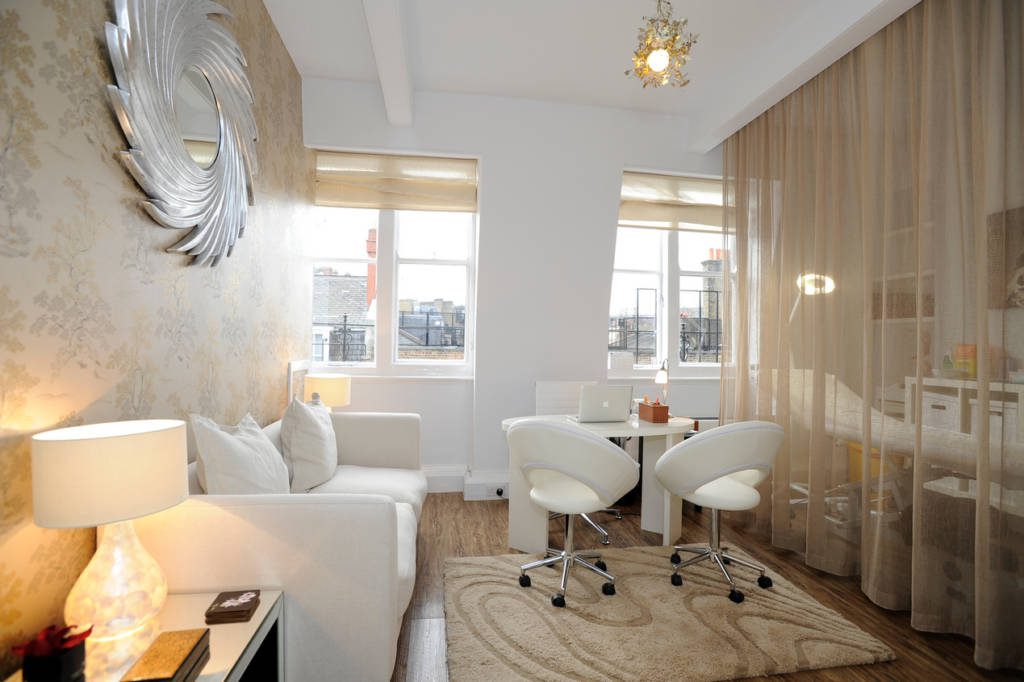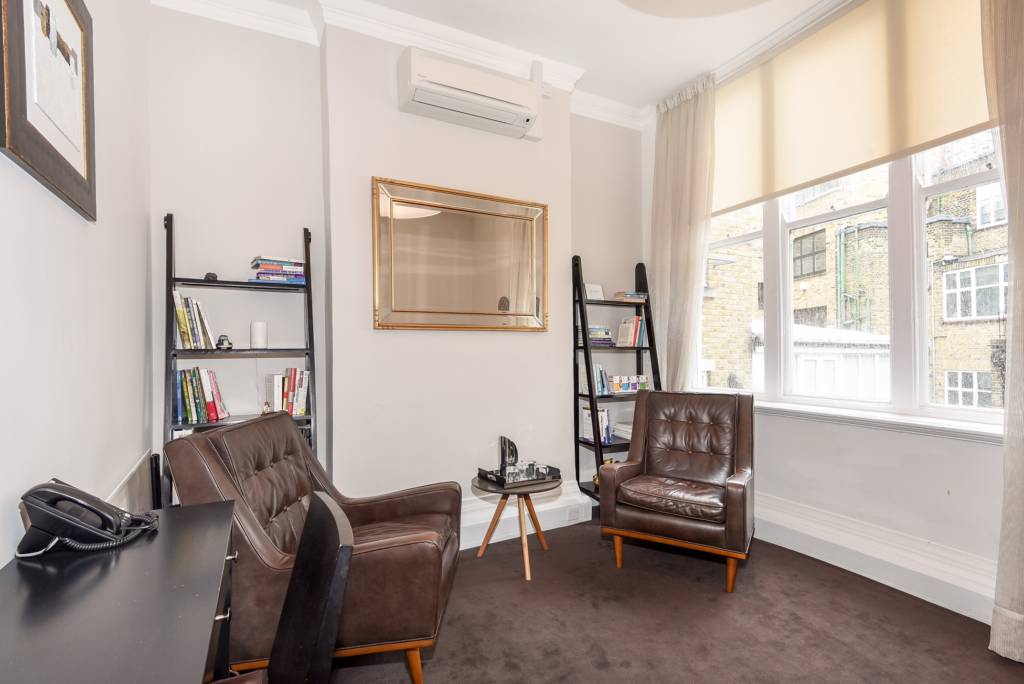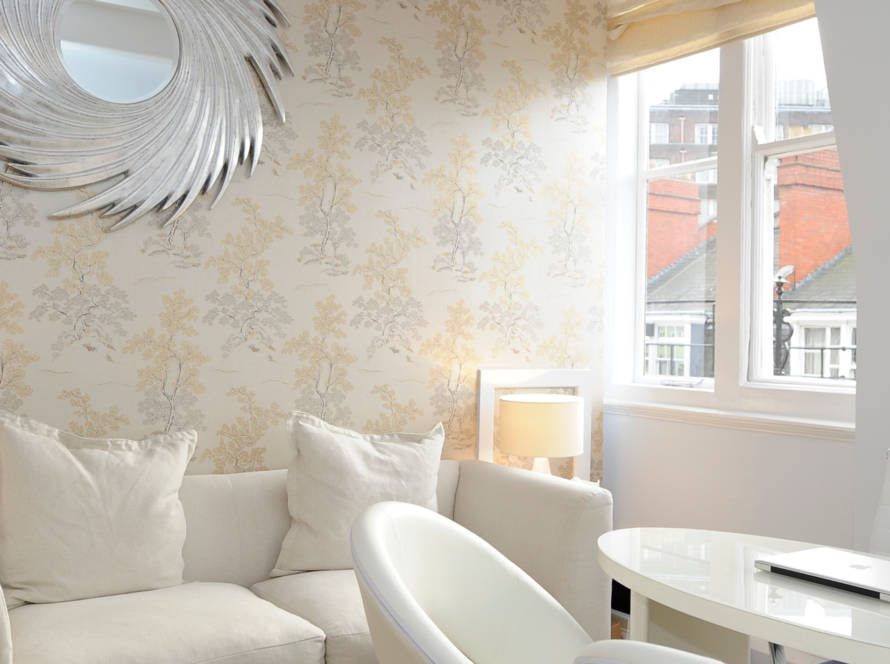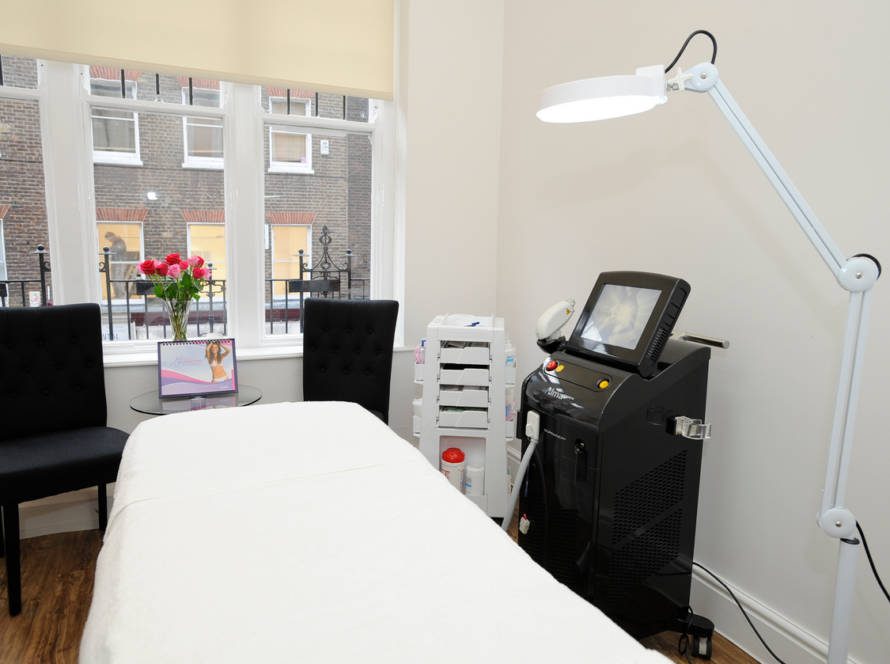A
s a therapist, the environment in which you work can have a significant impact on your ability to provide the best possible care for your clients. Creating an optimised therapy room is therefore an essential aspect of any wellbeing practice. In this post, we will explore the benefits of working in an optimised therapy room and provide tips for creating the perfect space for wellbeing services.
The Benefits of an Optimised Therapy Room
An optimised therapy room provides a comfortable, welcoming, and relaxing atmosphere for both therapists and clients. Here are some of the benefits of working in such a space:
- Improved Client Experience: Clients are more likely to feel comfortable, relaxed, and at ease in a therapy room that is optimised for wellbeing services. This, in turn, can improve their overall experience and increase the likelihood of them returning for future appointments.
- Increased Therapist Productivity: When therapists work in a space that is designed for optimal wellbeing, they are more likely to feel motivated, energised, and productive. This can lead to better outcomes for clients and increased job satisfaction for therapists.
- Enhanced Brand Image: A well-designed therapy room can help to create a positive brand image for your wellbeing practice. Clients are more likely to view your practice as professional, welcoming, and modern if the therapy room is optimised for their comfort and wellbeing.
Tips for Creating an Optimised Therapy Room
Here are some tips for creating an optimised therapy room:
- Choose the Right Lighting: Natural light is best, but if that is not possible, consider using soft, ambient lighting that is not too harsh or glaring. This can help to create a calming and relaxing atmosphere for clients.
- Invest in Comfortable Furniture: Clients should feel comfortable during their therapy sessions, so invest in comfortable furniture, such as armchairs and massage tables. Consider the needs of different types of therapists and clients, and choose furniture that is versatile and easy to adjust.
- Soundproof the Room: Soundproofing is essential to ensure privacy and reduce distractions. Use sound-absorbing materials, such as acoustic tiles, to reduce outside noise and create a more peaceful atmosphere.
- Incorporate Relaxation Techniques: Incorporating relaxation techniques, such as specific relaxation music or light breathing, can help to create a calming and relaxing atmosphere for clients. Allow therapists to choose how they incorporate these techniques into their services.
- Use Sustainable Products: Use sustainable products, such as reusable cups and eco-friendly cleaning products, to reduce your impact on the environment. Incorporate natural elements, such as plants, to create a more welcoming and relaxing atmosphere.
In conclusion, seeing your clients in an optimised therapy room is essential for any wellbeing practice. A well-designed space can improve the client experience, increase therapist productivity, and enhance your brand image. At 58 wellbeing centre these tips are part of our platform. Allowing us to invite you to work in a space that is comfortable, welcoming, and optimised for your clinic.







